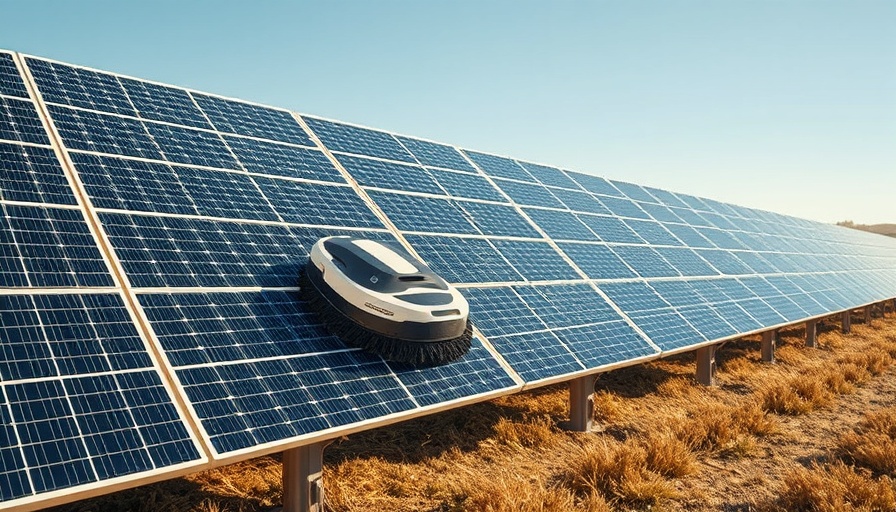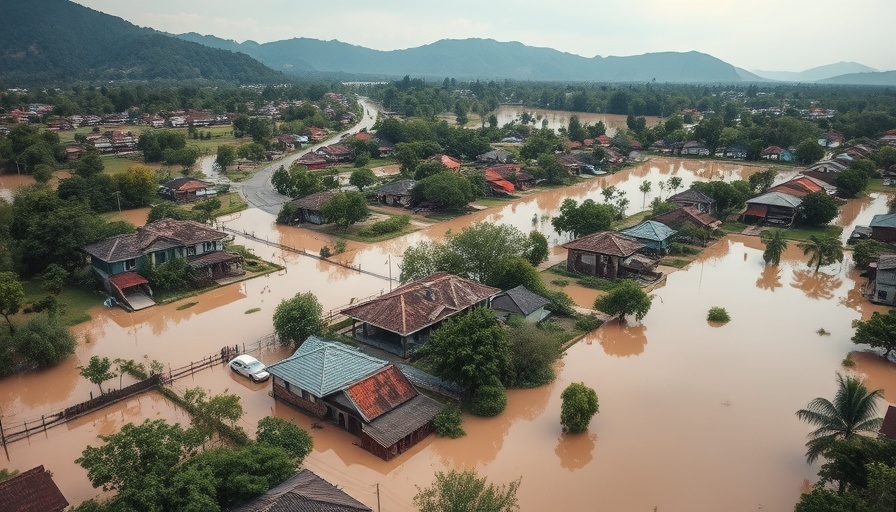
India’s Cybersecurity Concerns Rise Amid Renewable Push
As India accelerates its transition towards renewable energy, particularly through solar power, it faces a dual challenge: ensuring energy independence while safeguarding its infrastructure from cyber threats. Recent guidelines implemented by the Indian government target vulnerabilities in the solar power sector, particularly regarding imported equipment from China, which has sparked concerns among industry experts and policymakers alike.
Protecting the Grid: The New Guidelines
The newly issued guidelines require that all rooftop solar inverters, devices crucial for converting solar energy into usable electricity, connect to a national software platform. This platform will be hosted on Indian servers and governed by a government agency, effectively creating a shield against potential cyberattacks. Furthermore, these inverters must now utilize specialized SIM cards designed for secure data transmission. The aim is to enhance cybersecurity by limiting unauthorized access to sensitive operational data.
Why Solar Inverters Are Vulnerable
A report from the India Smart Grid Forum indicates that over 80% of inverters installed in India's 1.8 million rooftop solar units are manufactured by Chinese companies. This dependency raises significant alarms regarding national security, especially as recent assessments have revealed vulnerabilities in Chinese-made inverters due to unauthorized communication modules that can compromise data security and control mechanisms.
The Broader Implications for Energy Sovereignty
The Indian government has articulated that foreign-manufactured inverters pose not just a cybersecurity risk but also threaten the nation’s energy sovereignty. If sensitive generation and consumption data leak to external entities, it could result in unauthorized access and manipulation of energy supply chains. This has sparked a renewed focus on protecting domestic infrastructure, particularly as the grid becomes increasingly automated and digitally interconnected.
The Global Context: A Growing Concern
India's move to secure its renewable energy grid is part of a broader trend where nations across the globe are reevaluating their reliance on foreign technology, particularly from China. The recent actions by U.S. authorities to reassess risks associated with Chinese-made components further highlight a global apprehension about cyber vulnerabilities in critical infrastructure.
What This Means for the Future of Renewable Energy in India
India plans to expand its solar energy capabilities to cover 10 million households by March 2027, representing a cumulative capacity of 30 gigawatts. As the nation embarks on this ambitious journey, it must ensure that it is not just building infrastructure but also fortifying it against potential threats. The new guidelines represent a significant step in this direction.
Take Action: What You Should Know
As vehicle owners and everyday citizens, it is crucial to understand the implications of increased cybersecurity measures crafted for our national infrastructure. These developments can affect various sectors, including the insurance claim process linked to property and vehicle damage from natural events or infrastructure disruptions. Being informed about how such cybersecurity measures are enacted can help in navigating potential claims while ensuring one's right to secure and safe energy consumption.
For consumers, remaining vigilant and informed is key. Knowledge about policies and protections can aid in avoiding issues when faced with claims related to property damage. Understanding the implications of these guidelines offers insights not only into national policy but also personal advocacy within the claims landscape.
 Add Row
Add Row  Add
Add 




Write A Comment